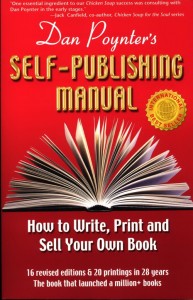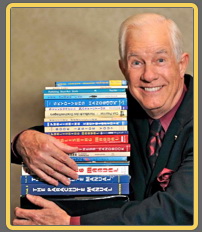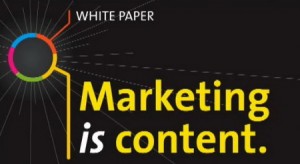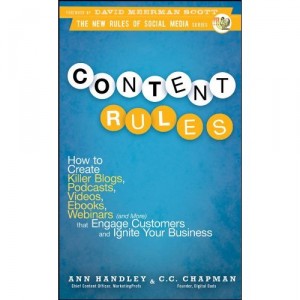 Sideways, a software company that transforms books, magazines and other publications into immersive experiences on mobile devices, has released a white paper entitled “Turning the Page: How Digital Technology is Changing the Way We Read.”
Sideways, a software company that transforms books, magazines and other publications into immersive experiences on mobile devices, has released a white paper entitled “Turning the Page: How Digital Technology is Changing the Way We Read.”
“E-readers and tablets have changed reading habits more than any technology since the printing press,” said Eliza Wing, co-founder and COO of Sideways. “They are changing content and reading permanently, and for the better. While the space is moving too fast for anyone to predict its final form, we have every reason to believe that these devices will become the preferred medium for readers. That said, only the publishers and authors willing to evolve by experimenting with video and audio, animation, web links and other interactivity will survive and thrive.”
The white paper clarifies the difference between “book apps” and e-books: “Book apps offer a richer experience than e-books, which are limited to text, images and video. Book apps, by contrast, can incorporate audio, animation, video, interactive maps, slideshows, databases, linking, and other features in highly flexible layouts that literally redefine the idea of what a book can be.” As a result of some of these new possibilities, Sideways believes that:
- Younger generations of readers will grow up with a new idea of books and magazines and will not accept reading as a passive experience.
- Tablet and e-reader users are not only receptive to enhanced content, but will be expecting it in digital books and magazines.
- Book apps will provide authors and publishers with control and flexibility. For example, they can set the price for books, have sales, and adjust prices to market conditions.
- E-reading will increase as the number and variety of e-readers grows and prices for devices and content fall.
- Digital reading could lead to an overall increase in reading as it becomes more widely available, easier and less expensive.
Some of these projections are based on the findings of recent surveys that how people are already using their iPads.
- The vast majority of iPad users read books on the device.
- iPad usage is shifting users away from reading content in their workspace to at home and at their leisure.
- iPad users now prefer reading periodicals and books on the device as opposed to print, computer, mobile phone, or e-reader.
- Readers of some of the most well respected, high-circulation monthly magazines spend more time with the digital versions of these publications than with the print copies.
Eventually, the report concludes, “ink on paper alone will be seen as lacking.” A younger generation of readers will not accept reading as a passive experience. Not only will they expect writers to write for this new digital medium, but they may also expect to be able to comment on and share the material.
Founded in 2010, Sideways is a Cleveland, Ohio-based company that makes apps for the Apple iOS and Android platforms. The company’s M3 digital publishing platform allows clients to use common file types to efficiently and elegantly produce multi-media, multi-touch and multi-user apps.
The Sideways team of developers, designers, artists, and editors can help develop intuitive and immersive experiences that will enrich the user experience. Sideways can also consult on marketing, pricing strategies and other challenges that must be met to release a successful app.
LINKS
White Paper
Turning the Page: How Digital Technology is Changing the Way We Read







